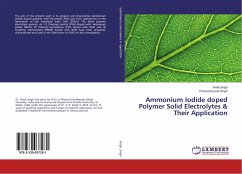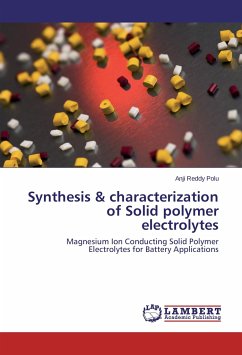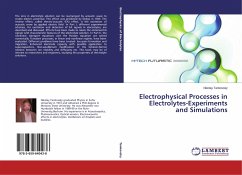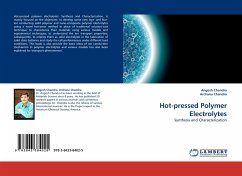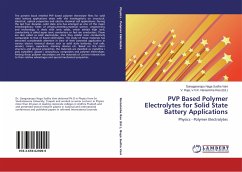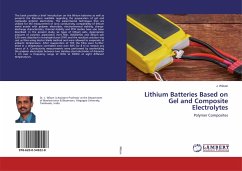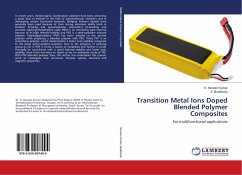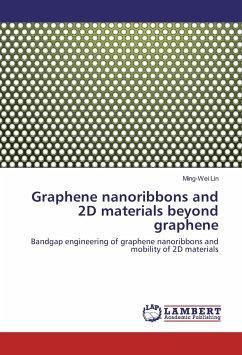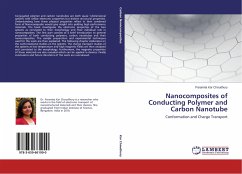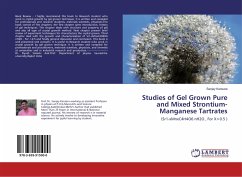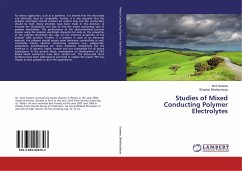
Studies of Mixed Conducting Polymer Electrolytes
Versandkostenfrei!
Versandfertig in 6-10 Tagen
46,99 €
inkl. MwSt.

PAYBACK Punkte
23 °P sammeln!
For device application, such as in batteries, it is desired that the electrolyte and electrode must be compatible. Further, it is also required that the polymer electrolyte should conduct via cations only and the conductivity should be high. Many attempts have been made in this direction to increase the conductivity and also to find the mixed conducting sate of polymer electrolytes. The performance of the electrochemical junction devices using the polymer electrolyte depends not only on the properties of the polymer electrolyte but also on the interface properties of the polymer solid junction...
For device application, such as in batteries, it is desired that the electrolyte and electrode must be compatible. Further, it is also required that the polymer electrolyte should conduct via cations only and the conductivity should be high. Many attempts have been made in this direction to increase the conductivity and also to find the mixed conducting sate of polymer electrolytes. The performance of the electrochemical junction devices using the polymer electrolyte depends not only on the properties of the polymer electrolyte but also on the interface properties of the polymer solid junction. Further, if a polymer is used as an electrode material, the polymer should posses some electronic conductivity as well. Commonly known electron conducting polymers, e.g., polypyrrole, polyanilene, polythiophene etc. show moderate conductivity but the interface is, in general, highly resistive and not compatible for all device applications. In the present thesis, investigation on development of PEO based mixed conductors have been carried out. The above-said three problems have been addressed to and tried to explain the results. PEO has chosen as host polymer in all of the experiments.



